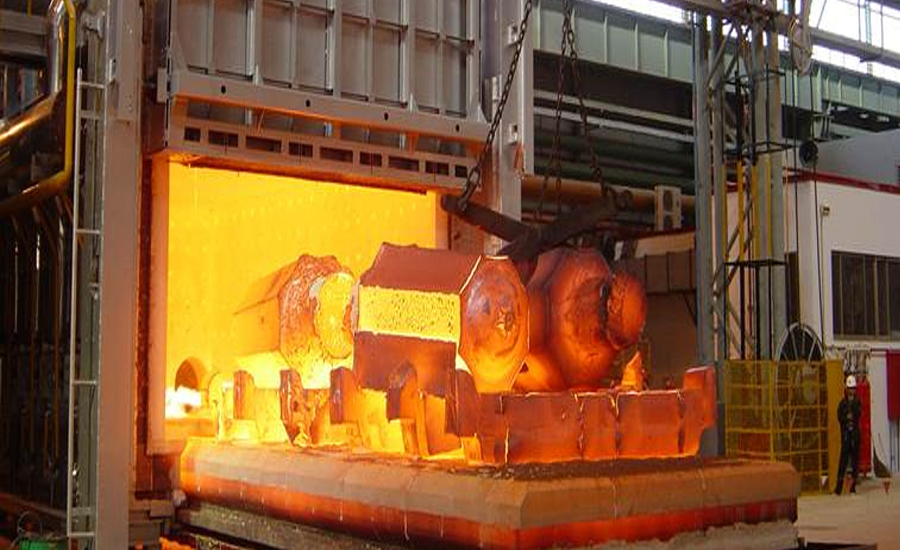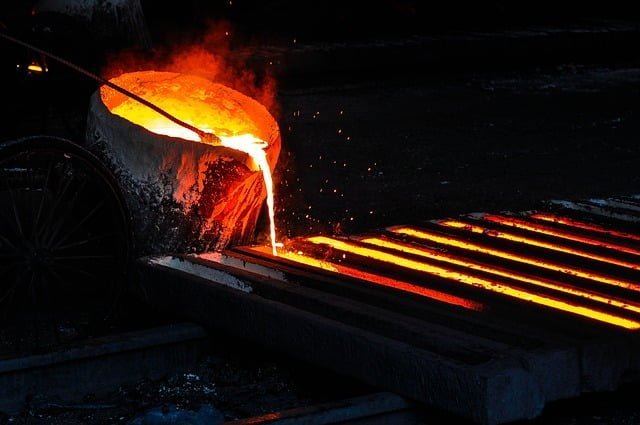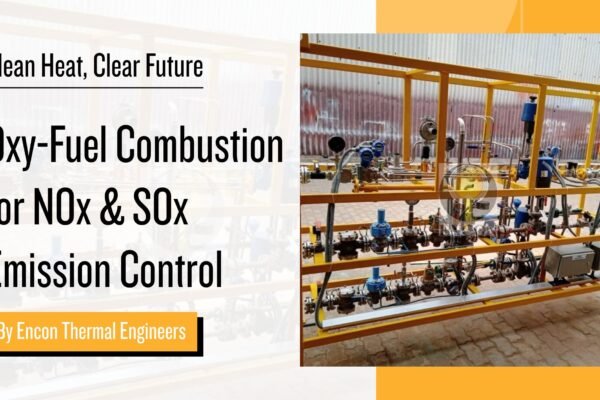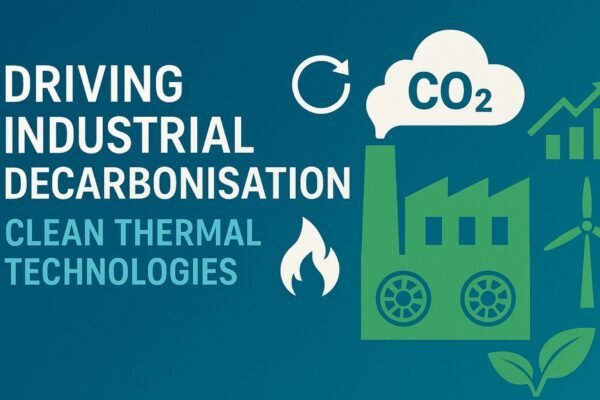Reheating furnaces are a critical component of the steelmaking process. These furnaces are used to heat steel ingots, billets, or slabs to a high temperature, making them malleable and easier to shape into the desired form. There are several types of reheating furnaces available, each with its own advantages and disadvantages. In this article, we will discuss the different types of reheating furnaces in detail, including their design, operation, and applications.
Types of Reheating Furnaces
Walking Beam Furnace
A walking beam furnace is a type of continuous furnace that uses a series of beams to move the steel through the furnace. The beams are spaced apart, allowing the steel to move forward through the furnace in a series of steps. As the steel moves through the furnace, it is heated by the burners located on each side of the furnace.
One of the advantages of a walking beam furnace is its ability to handle a large volume of steel. These furnaces can process up to 200 tons of steel per hour, making them ideal for large-scale steelmaking operations. Additionally, the walking beam design of these furnaces provides an even distribution of heat, ensuring that the steel is heated uniformly.
Walking beam furnaces can be used to heat a variety of steel shapes and sizes, including ingots, billets, and slabs. They are commonly used in the production of steel for the construction industry, as well as for the manufacture of heavy machinery and equipment.
Pusher Furnace
A pusher furnace is a type of batch furnace that uses a pusher mechanism to move the steel through the furnace. The steel is loaded onto a large tray or “pusher” that is pushed through the furnace by a hydraulic or mechanical system. Once the pusher reaches the end of the furnace, it is removed, and a new pusher loaded with steel is inserted into the furnace.
Pusher furnaces are ideal for small-scale steelmaking operations, as they can process up to 100 tons of steel per hour. However, they are not as efficient as continuous furnaces, as the steel must be loaded and unloaded manually, which can slow down the production process.
Pusher furnaces are commonly used in the production of steel for the automotive and aerospace industries, as well as for the manufacture of small components such as bolts and screws.
Rotary Hearth Furnace
A rotary hearth furnace is a type of continuous furnace that uses a rotating hearth to move the steel through the furnace. The steel is placed on a rotating hearth that moves through the furnace, allowing it to be heated evenly on all sides. Burners located around the furnace heat the steel as it rotates, providing an even distribution of heat.
One of the advantages of a rotary hearth furnace is its flexibility. These furnaces can process a variety of steel shapes and sizes, making them ideal for small-scale steelmaking operations. Additionally, the rotating hearth design of these furnaces allows for a high level of control over the heating process, ensuring that the steel is heated to the desired temperature.
Rotary hearth furnaces are commonly used in the production of steel for the automotive industry, as well as for the manufacture of bearings and other components.
Walking Hearth Furnace
A walking hearth furnace is similar to a walking beam furnace but uses a hearth to move the steel through the furnace instead of beams. The steel is placed on a moving hearth that is driven by rollers, allowing it to be moved through the furnace in a series of steps. As the steel moves through the furnace, it is heated by burners located on each side of the furnace.
Walking hearth furnaces are ideal for medium-scale steelmaking operations, as they can process up to 150 tons of steel per hour. Additionally, the walking hearth design of these furnaces provides an even distribution of heat, ensuring that the steel is heated uniformly.
Walking hearth furnaces are commonly used in the production of steel for the automotive and aerospace industries, as well as for the manufacture of small components such as springs and wires.
Batch Furnace
A batch furnace is a type of furnace that heats the steel in batches, rather than continuously. The steel is loaded into the furnace manually, heated to the desired temperature, and then removed from the furnace. Once the steel has been removed, a new batch of steel is loaded into the furnace and the process is repeated.
Batch furnaces are ideal for small-scale steelmaking operations, as they are relatively inexpensive and can be operated by a single operator. Additionally, they are flexible and can be used to heat a variety of steel shapes and sizes.
Batch furnaces are commonly used in the production of specialty steels, such as those used in the manufacture of surgical instruments and cutlery.
Roller Hearth Furnace
A roller hearth furnace is a type of continuous furnace that uses rollers to move the steel through the furnace. The steel is placed on a series of rollers that move through the furnace, allowing it to be heated evenly on all sides. Burners located around the furnace heat the steel as it moves through the furnace, providing an even distribution of heat.
One of the advantages of a roller hearth furnace is its ability to handle a variety of steel shapes and sizes. Additionally, the roller hearth design of these furnaces provides an even distribution of heat, ensuring that the steel is heated uniformly.
Roller hearth furnaces are commonly used in the production of steel for the automotive and aerospace industries, as well as for the manufacture of small components such as gears and bearings.
Conclusion
Reheating furnaces are an essential component of the steelmaking process, allowing the steel to be heated to a high temperature, making it malleable and easier to shape into the desired form. There are several types of reheating furnaces available, each with its own advantages and disadvantages.
Walking beam furnaces are ideal for large-scale steelmaking operations, as they can process up to 200 tons of steel per hour. Pusher furnaces are ideal for small-scale steelmaking operations, as they can process up to 100 tons of steel per hour. Rotary hearth furnaces are flexible and can process a variety of steel shapes and sizes, making them ideal for small-scale steelmaking operations. Walking hearth furnaces are ideal for medium-scale steelmaking operations, as they can process up to 150 tons of steel per hour. Batch furnaces are ideal for small-scale steelmaking operations, such as the production of specialty steels. Roller hearth furnaces are ideal for handling a variety of steel shapes and sizes.
In conclusion, when choosing a reheating furnace, it is important to consider the volume of steel to be processed, the shape and size of the steel, and the desired heating rate. By selecting the right type of reheating furnace for your steelmaking operation, you can ensure that your steel is heated to the desired temperature, allowing it to be shaped into the desired form.







